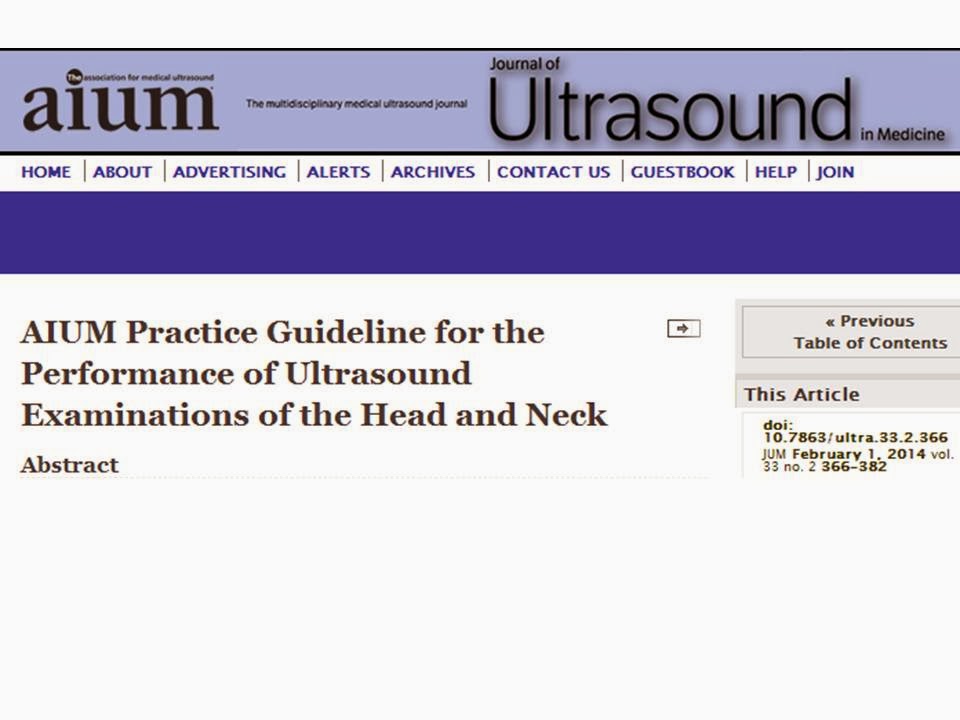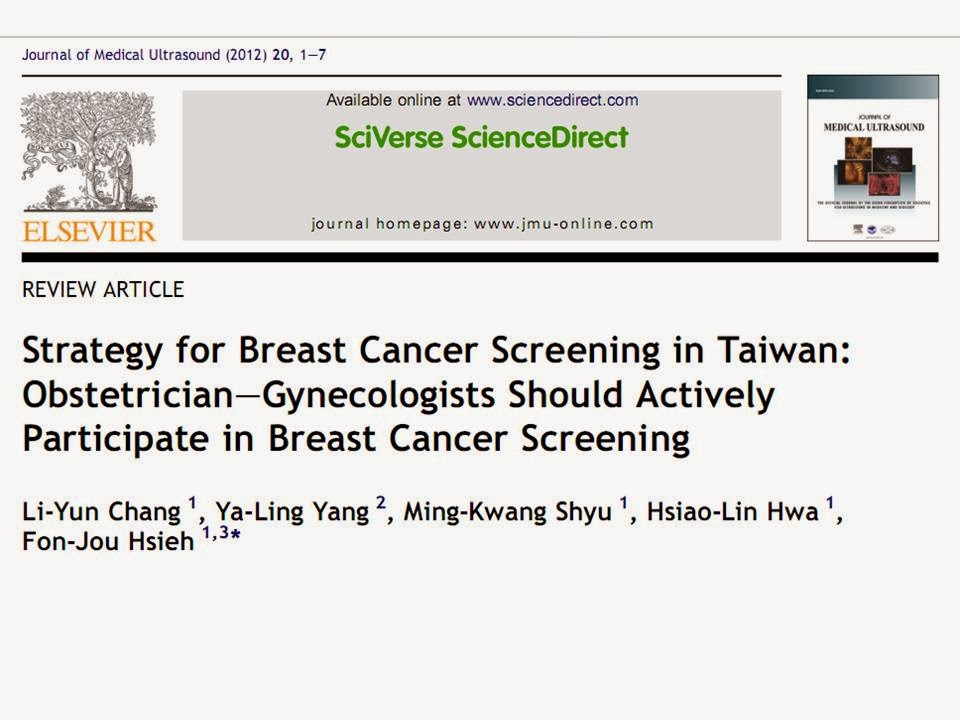Abstract
AIM: To investigate the factors other than fibrosis stage
correlating with acoustic radiation force impulse (ARFI) elastograpy in chronic
hepatitis C.
METHODS: ARFI elastograpy was performed in 108 consecutive
patients with chronic hepatitis C who underwent a liver biopsy. The proportion
of fibrosis area in the biopsy specimens was measured by computer-assisted
morphometric image analysis.
RESULTS: ARFI correlated significantly with fibrosis stage
(β = 0.1865, P < 0.0001) and hyaluronic acid levels ( β =
0.0008, P = 0.0039) in all patients by multiple regression analysis. Fibrosis
area correlated significantly with ARFI by Spearman’s rank correlation testbut not by multiple regression analysis. ARFI correlatedsignificantly with body mass index (BMI) ( β = -0.0334, P =
0.0001) in F0 or F1, with γ-glutamyltranspeptidase levels ( β = 0.0048, P =
0.0012) in F2, and with fibrosis stage (β
= 0.2921, P = 0.0044) and
hyaluronic acid levels ( β = 0.0012, P = 0.0025) in F3 or F4. The ARFIcutoff value was 1.28 m/s for F ≥ 2, 1.44 m/s for F ≥ 3, and 1.73 m/s for F4.
CONCLUSION:
ARFI correlated with fibrosis stage and hyaluronic acid but
not with inflammation. ARFI was affected by BMI, γ-glutamyltranspeptidase, and
hyaluronic acid in each fibrosis stage.
© 2014 Baishideng Publishing Group Co., Limited. All rights reserved
Core tip: The assessment of liver fibrosis stage is important
to estimate prognosis and to identify the patients requiring antiviral
treatment in chronic hepatitis C. Liver biopsy is a gold standard for assessing
fibrosis, but is invasive. Thus methods for noninvasively assessing fibrosis
have been developed. Liver stiffness measurement (LSM) by Fibroscan and
acoustic radiation force impulse correlate with fibrosis stage. However, LSM may
be affected by factors other than fibrosis, such as edema, steatosis, and
inflammation.
DISCUSSION
The assessment of fibrosis stage is important to estimate prognosis
and to identify the patients requiring antiviral treatment in chronic hepatitis
C. A lot of noninvasive methods to assess liver fibrosis stage other than liver
biopsy are available, for example, ARFI, TE, real-timeelastography [23], and algorithm of serum fibrosis markers
such as FibroTest [24] and APRI [25]. They provide good performances in
estimation of fibrosis stage, while there are problems such as influence of
inflammation. In the present study, factors other than fibrosis stage that
affect ARFI were investigated in patients with chronic hepatitis C.
The present study confirmed findings reported previously
that ARFI correlates with fibrosis stage [10-13,26,27].
The ARFI cutoff values for different fibrosis stages were 1.28
m/s for F ≥ 1, 1.28 m/s for F ≥ 2, 1.44 m/s for F ≥ 3 and 1.73 m/s for F4. This
result suggests that distinguishing between F0 and F1 is impossible, as the
cutoff value for F ≥ 1 and that for F ≥ 2 are the same. However, Sporea et al [26]
reported that the cutoff value is 1.19 m/s for F ≥ 1, 1.33 m/s for F ≥ 2, 1.43
m/s for F ≥ 3, and 1.55 m/s for F4 [26]. Rizzo et al [13] reported that the
cutoff value is 1.3 m/s for F ≥ 2, 1.7 m/s for F ≥ 3 and 2.0 m/s for F4 [13].
Thus, discrepancies are apparent among the cutoff values reported in different
studies. The discrepancies are probably attributed to the difference in the population
studied. Further studies should be conducted to establish standard ARFI cutoff
values for staging fibrosis.
In the present study, AST, ALT and inflammatory grade were
correlated with ARFI in the univariate analysis that included all patients, but
were not selected as factors independently correlating with ARFI in the
multiple regression analysis. In addition, inflammatory factors did not
correlate with ARFI when patients with different fibrosis stages were analyzed
separately. These results suggest that inflammatory activity does not affect
ARFI in patients with chronic hepatitis C. Rizzo et al [13] also reported that ARFI is not
associated with ALT, BMI, Metavir grade, or liver steatosis, whereas TE is
significantly correlated with ALT[13]. Bota et al [10] reported that
discordance of at least two fibrosis stages between ARFI and histologic
assessment were associated with female sex, interquartile range interval (IQR)
≥ 30%, high AST and high ALT in univariate analysis,while, in multivariate analysis, the female gender and IQR ≥
30% (P = 0.004) were associated with the discordances. In contrast, Yoon et al [12] reported that the optimum ARFI cutoff values are 1.13
m/s for F ≥ 2 and 1.98 m/s for F4, whereas these values decreased to 1.09 m/s
for F ≥ 2 and 1.81 m/s for F4 when patients with normal ALT levelswere selected. Chen et al [11] reported that ALT, ActiTest A
score, Metavir activity (A) grade, Metavir F stage, BMI, and platelet count are
independently associated with ARFI and suggested that a 100 IU/L increase in
serum ALT levels augmented ARFI by approximately 0.155 m/s. In the present
study, only 25 patients had ALT levels of 100 IU/L or higher. The low ALT
levels among the patients studied may be a reason why ALT was not correlated
with ARFI.

A multiple linear regression analysis in our previous study
on TE selected fibrosis area, ALT levels, γ-GTP levels, prothrombin time, and
hyaluronic acid levels as factors correlating with TE[21]. Many studies on TE
have reported that LSM is affected by ALT levels. Franquelli et al [28] reported that
TE fibrosis staging is overestimated by necroinflammatory activity and steatosis. Coco et al [7]
found that LSM is higher in patients with an elevated ALT than in those with
either spontaneous biochemical remission or after antiviral therapy. Thus, it
is probable that ALT or inflammatory activity affects TE. However, it is still unclear
whether they also affect ARFI. Further studies are needed to clarify factors
that affect ARFI other than fibrosis stage. ARFI was significantly correlated
with BMI in the 31 patients with stage F0 or F1; the higher the BMI, the lower
the ARFI. However, ARFI was not associated with steatosis grade. Motosugi et al
[29] reported that fat deposition in the liver does not affect ARFI. Thus, the
negativecorrelation between BMI and ARFI could not be attributed to
steatosis, which accompanies higher BMI [30].
Actually, BMI and steatosis grade were not correlated in patients
with stage F0 or F1 in the present study (data not shown). The mechanism of the
association between higher BMI and lower ARFI is unclear. Because a higher BMI
is associated with lower ARFI, and may cause anunderestimation of fibrosis staging, careful attention should
be paid to BMI during ARFI staging of fibrosis in patients with stage F0 or F1
disease.
ARFI significantly correlated with γ-GTP levels in patients
with F2 and with fibrosis stage and hyaluronic acid levels in patients with
stage F3 or F4. γ-GTP[24,31] and hyaluronic acid [32,33] levels have been regarded as the most
informative fibrosis markers. Thus, it is reasonable that γ-GTP and hyaluronic
acid levels independently correlated with ARFI. Isgro
et al [20] showed that the
collagen proportional area has a better relationship with TE and with hepaticvenous pressure gradient compared with Ishak stage. In the
present study, fibrosis area was correlated significantly with fibrosis stage,
but only fibrosis stage and hyaluronic acid levels were selected as factors
independently correlating with ARFI. Our previous study demonstrated a better correlation of TE with fibrosis stage than with fibrosis
area in patients with chronic hepatitis C[21]. The Metavir stages represent
categories of increasing fibrosis severity based on a combination of location
and quantity of scarring as well as whether the fibrous tissue forms septa,
bridges, or nodules. Fibrosis area represents only the quantity of fibrosis in
liver tissues. Our results indicate that not only the quantity of fibrosis but
also other histological factors such as patterns of fibrosis also affect ARFI.
The present study demonstrated that ARFI correlated with
fibrosis stage but was not associated with inflammation. BMI negatively
correlated with ARFI in the patients with stage F0 or F1. γ-GTP and hyaluronic
acid levels were positively correlated in those with stage F2 and in those with
F3 or F4, respectively. Thus, careful attention should be paid to BMI, γ-GTP
levels, and hyaluronic acid levels when estimating fibrosis stage by ARFI.
Fibrosis stage showed a better correlation with ARFI than fibrosis area,
indicating that not only the quantity of fibrosis but also other factors such
as patterns of fibrosis also affect ARFI. Since the number of the patients
studied is small,further studies are needed to confirm the conclusion of the
present study.




















